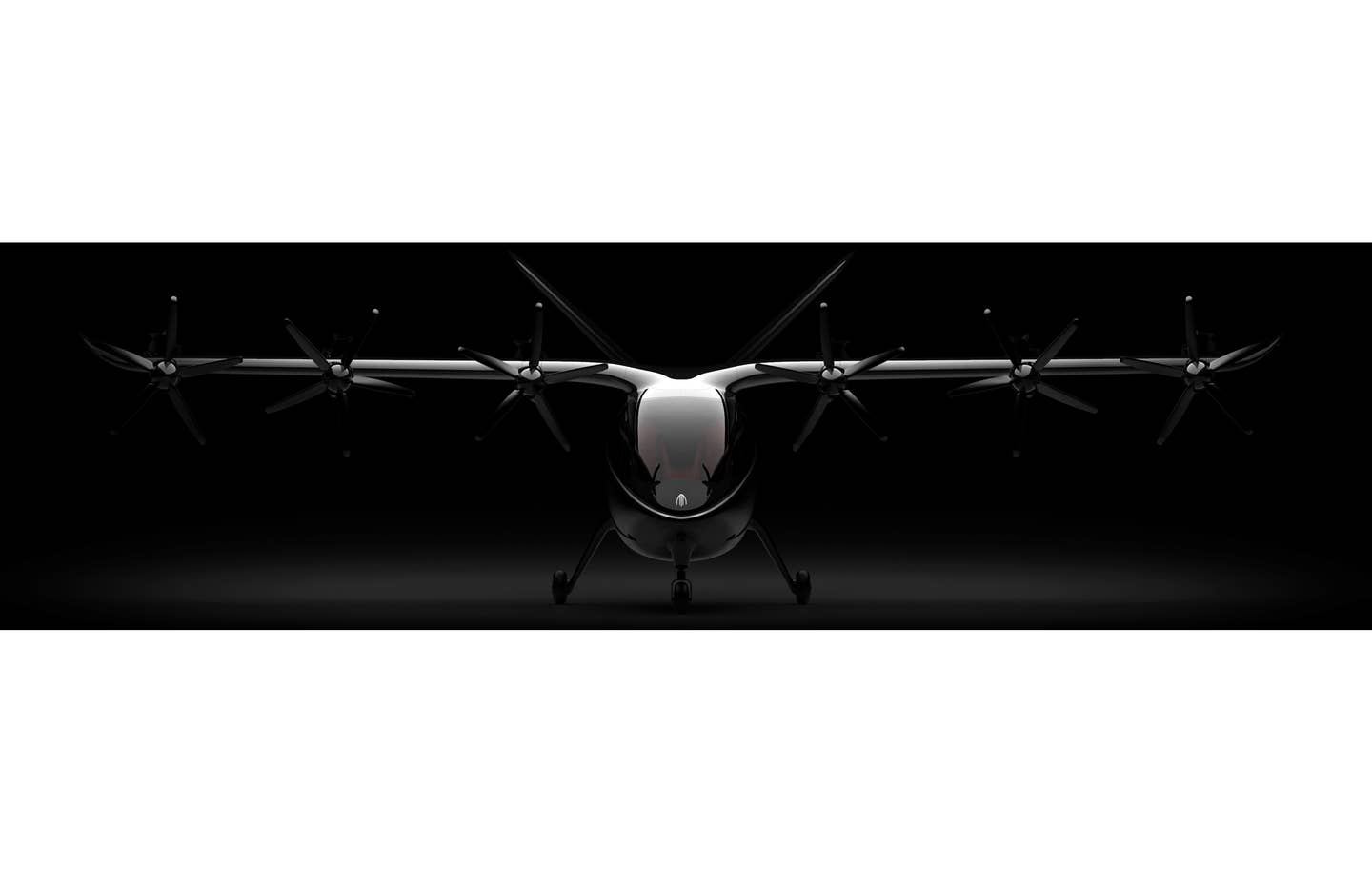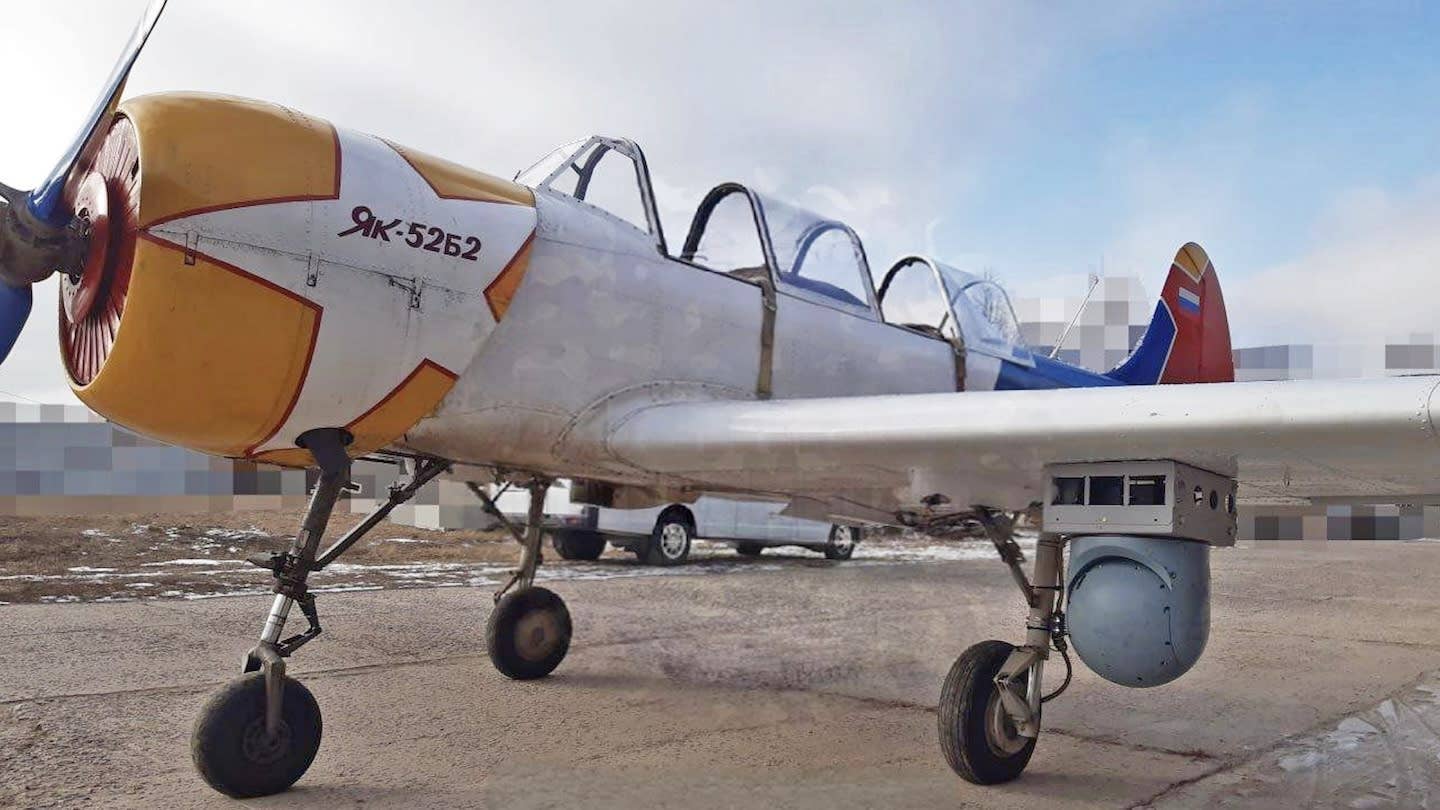Archer Partners With Fiat Chrysler For eVTOL Production
Urban air mobility (UAM) startup Archer has formed a partnership with Fiat Chrysler Automobiles (FCA) to “accelerate” production of Archer’s all-electric vertical takeoff and landing (eVTOL) aircraft. According to the…

Image: Archer
Urban air mobility (UAM) startup Archer has formed a partnership with Fiat Chrysler Automobiles (FCA) to “accelerate” production of Archer’s all-electric vertical takeoff and landing (eVTOL) aircraft. According to the companies, the agreement will allow Archer to access FCA’s supply chain and advanced composite material capabilities, along with benefiting from its engineering and design experience. In addition to developing and manufacturing its eVTOL concept, Archer plans to create an “all-electric airline” utilizing the vehicle.
“We are excited to team up with one of the world's largest automotive companies on our mission of advancing the benefits of sustainable air mobility,” said Archer co-founder Adam Goldstein. “This is a first-of-its-kind deal for one of Detroit’s Big Three auto makers in moving into the Urban Air Mobility space. There is now a clear path for Archer to bring mass production to this industry, changing the way people travel in and around cities forever.”
California-based Archer says it will unveil its unnamed eVTOL early this year and intends to start production in 2023. The aircraft is expected to be capable of traveling distances of up to 60 miles at 150 MPH. It has not yet been announced how many passengers it will carry.






